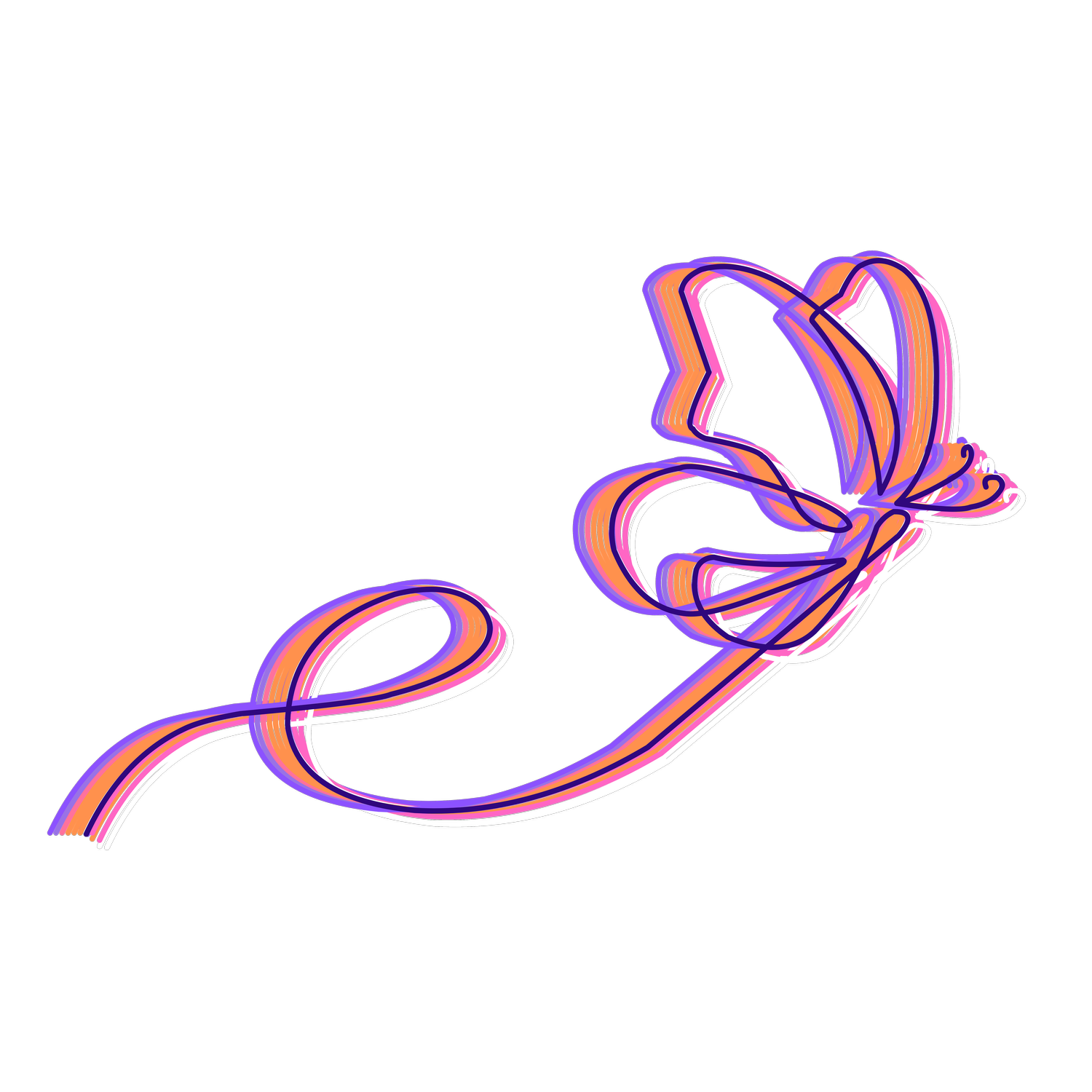
Jorie’s Story
Jorie was born with DeSanto-Shinawi Syndrome, a rare neurodevelopmental disorder caused by a mutation in the WAC gene. With no known treatment, her diagnosis felt like a dead end—until it became the beginning of something extraordinary.
Jorie’s story began long before her diagnosis. At our twenty-week anatomy scan, an undefined heart issue was detected. Specialists at the University of Minnesota suspected a coarctation of the aorta (CoA) and an atrial septal defect (ASD). She also had a velamentous cord insertion and was growth restricted. Despite undergoing genetic testing both as an embryo and again through non-invasive prenatal testing (NIPT), all results came back normal.
We knew we needed a second opinion—and we wanted the best. That led us to Mayo Clinic, where Dr. Mauro Schenone and Dr. Carl Rose became our primary maternal-fetal medicine team. They were instrumental in our journey prior to Jorie’s birth.
At 30 weeks, I developed preeclampsia and was admitted to Mayo Clinic. Jorie was born prematurely at 33 weeks and spent 73 days in the NICU at St. Mary’s Hospital.
Ten days after her birth, genetic testing revealed that Jorie had DeSanto-Shinawi Syndrome, caused by a deletion of the WAC gene. With so little known about the disease, we felt overwhelmed and hopeless. We struggled to understand how this could happen. But we knew that to give our daughter the best life possible, we had to figure out what we were going to do about it.
So we turned to God and prayed. We prayed for wisdom—to partner with the right specialists, to maximize every available resource, and to make the most of early intervention.
And we acted. We created the best partnership with Jorie’s team, trusted her doctors, and advocated to break away from the standard flow charts within the specialty of medicine—because our little zebra didn’t follow them. With early intervention, corrective surgeries, and limitless love, Jorie began to defy the odds. She surprised her care team and surpassed every expectation.
At one of her NICU follow-up clinics, we sat down with Dr. Nevenka “Nancy” Radakovic and asked, “This is Mayo—where’s the groundbreaking genetics research? What more can we do for Jorie?” Her face lit up as she replied, “Have you met Dr. Whitney Thompson?”
We had. In fact, Jorie was Dr. Thompson’s very first patient in her first year of neonatology fellowship. From that day on in the NICU, we would always seek her out, asking questions, looking for reassurance, and finding comfort in both her knowledge and her warmth—alongside the ever-compassionate Dr. Ellen Bendel-Stenzel.
When Dr. Whitney Thompson, who had since transitioned to clinical genetics fellowship, presented the n=1 opportunity for individualized medicine utilizing drug repurposing, we had hope and a path forward.. This groundbreaking collaboration—BabyFORce—between Dr. Whitney Thompson and Dr. Laura Lambert at Mayo Clinic provided Jorie with an individualized treatment approach. Since starting treatment, her WAC protein has been restored to wild-type levels. Jorie’s story became more than a medical first. It became a breakthrough, a possibility, and a beacon of hope for families facing the unknown. She is now gaining new skills at an expedited rate in all areas. Having been given a second chance at life, we as a family are committed to paying it forward—helping others in the rare disease community find more second chances.
And that is why we created The Jorie Effect. We invite you to join the ripple—together, we can make waves of hope and change for those who need it most.

